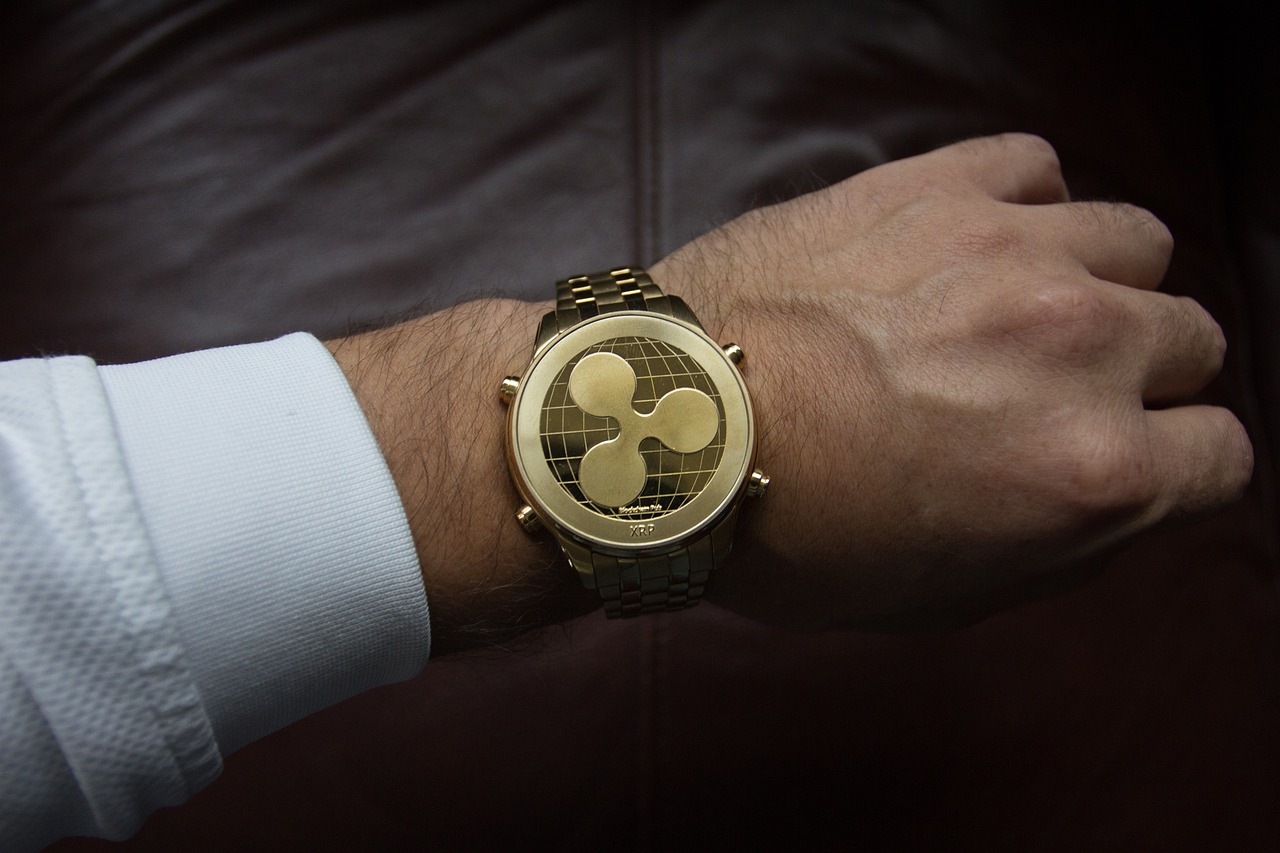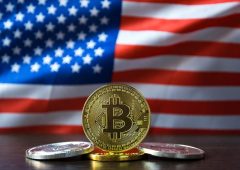Debate Over XRP’s Role in U.S. National Digital Asset Reserve Intensifies
29.01.2025 20:30 1 min. read Alexander Stefanov
As discussions around a U.S. government-backed digital asset reserve continue, XRP has emerged as a potential candidate alongside Bitcoin (BTC).
However, opinions remain divided on whether XRP should be included in such a reserve.
Ripple’s Brad Garlinghouse believes that if the U.S. were to establish a national digital asset reserve, it should not be limited to a single cryptocurrency like Bitcoin or XRP. Instead, he argues for a diversified portfolio that reflects the broader crypto ecosystem, ensuring a more balanced approach to digital asset reserves.
While XRP is often considered the second-strongest digital asset for reserves, analyst Willy Woo strongly opposes its inclusion. He argues that Bitcoin’s decentralized and geopolitically neutral nature makes it more suitable for a strategic reserve, similar to gold.
Woo went further, questioning whether any country would trust XRP, given that Ripple is a U.S.-based entity. He directly challenged Garlinghouse’s stance, suggesting that promoting XRP as a reserve asset misleads the public.
As the U.S. explores digital asset policies, the debate between Bitcoin’s neutrality and XRP’s potential role in global finance continues. Whether the government moves forward with a crypto-backed reserve remains uncertain, but the discussion highlights the growing importance of digital assets in national and international financial strategy.
-
1
Most Trending Cryptocurrencies on CoinGecko After Bitcoin’s New ATH
11.07.2025 19:00 2 min. read -
2
Altcoin Supercycle? Analysts Signal ‘Banana Zone 2.0’ as Market Erupts
13.07.2025 19:00 2 min. read -
3
XRP Hits All-time High Amid Regulatory Breakthrough and Whale Surge
18.07.2025 11:14 2 min. read -
4
Ethereum Tops $3,285 for First Time Since January
17.07.2025 7:00 1 min. read -
5
Trump’s Truth Social to Launch Utility Token for Subscribers
10.07.2025 18:30 1 min. read
Binance to Launch PlaysOut (PLAY) Trading on July 31 With Airdrop
Binance has officially announced the launch of PlaysOut (PLAY), a new token debuting on Binance Alpha, with trading scheduled to begin on July 31, 2025, at 08:00 UTC.
Cboe BZX Files for Injective-based ETF Alongside Solana Fund Proposal
The Cboe BZX Exchange has submitted a filing with the U.S. Securities and Exchange Commission (SEC) seeking approval for a new exchange-traded fund (ETF) that would track Injective’s native token (INJ).
Bernstein Warns Ethereum Treasuries Pose New Risks
Bernstein has flagged growing risks in Ethereum’s corporate adoption trend, cautioning that the rise of “ETH treasuries” could reshape the network’s supply and risk dynamics.
Interactive Brokers Weighs Stablecoin Launch
Interactive Brokers, one of the world’s largest online brokerage platforms, is exploring the possibility of issuing its own stablecoin, signaling a potential expansion into blockchain-driven financial infrastructure as U.S. crypto regulation begins to ease.
-
1
Most Trending Cryptocurrencies on CoinGecko After Bitcoin’s New ATH
11.07.2025 19:00 2 min. read -
2
Altcoin Supercycle? Analysts Signal ‘Banana Zone 2.0’ as Market Erupts
13.07.2025 19:00 2 min. read -
3
XRP Hits All-time High Amid Regulatory Breakthrough and Whale Surge
18.07.2025 11:14 2 min. read -
4
Ethereum Tops $3,285 for First Time Since January
17.07.2025 7:00 1 min. read -
5
Trump’s Truth Social to Launch Utility Token for Subscribers
10.07.2025 18:30 1 min. read


